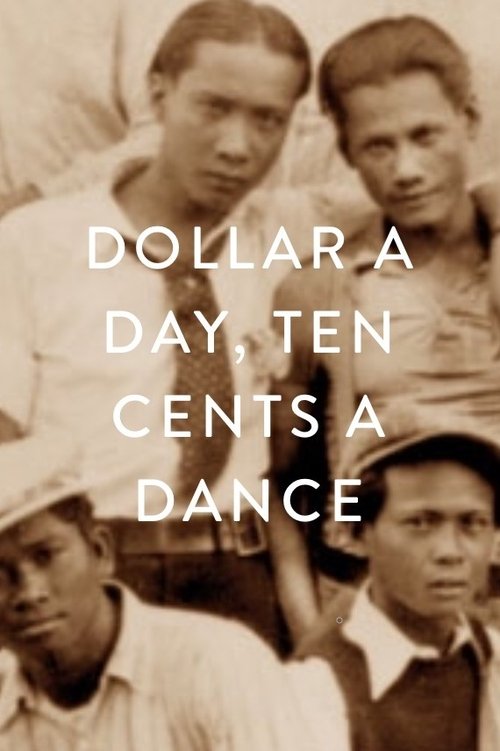Dollar a Day, 10 Cents a Dance
Enticed by the promise of jobs and fair wages, 100,000 Filipinos immigrated to the U.S. between 1924 and 1935 to toil on California’s farmlands. Because of the exclusion of Filipina women and U.S. anti-miscegenation laws, they survived the loneliness of racial discrimination by creating close-knit bachelor societies where cockfights, poker games and dance halls served as their entertainment, and by entering into common law marriages.
Storyline
Enticed by the promise of jobs and fair wages, 100,000 Filipinos immigrated to the U.S. between 1924 and 1935 to toil on California’s farmlands. Because of the exclusion of Filipina women and U.S. anti-miscegenation laws, they survived the loneliness of racial discrimination by creating close-knit bachelor societies where cockfights, poker games and dance halls served as their entertainment, and by entering into common law marriages.
